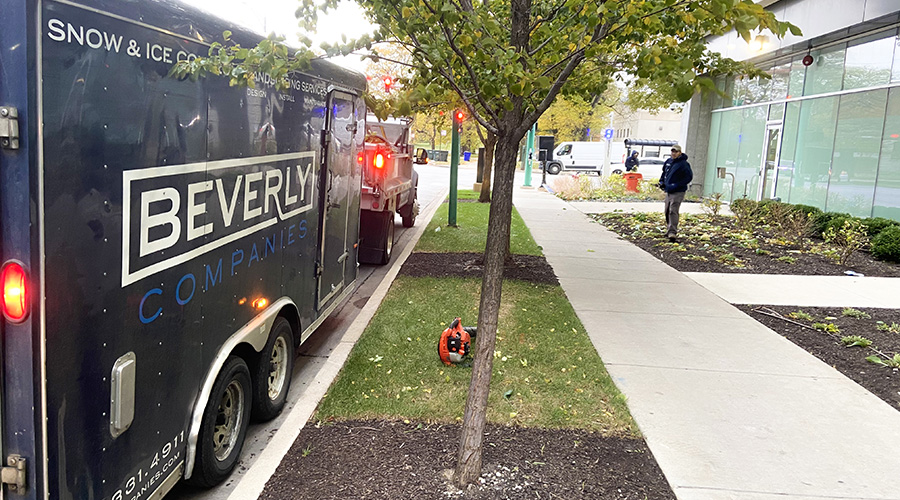Adapting for Utility Vehicle Success
While the vehicles have been positive additions to the fleets of both institutions, they have created minor challenges that require adaptations on the part of staff and management.
Take range as an example.
"Dealing with all of our multiple locations is always a challenge," Askerlund says. "We don't use electric vehicles a lot to go campus to campus. We're centrally dispatched on most of our work, so we use them as a captive fleet — for someone who is confined to a particular campus, for distribution of materials as they come and go. That person would be assigned an electric vehicle. In some cases, they are licensable as road-worthy. But due to the top-end speed limitations, we choose to keep them fairly close to a central location."
Another challenge is the department's increased the use of electricity keeping the vehicles properly charged.
"We've now introduced an unaccountable energy usage onto the utility side," Askerlund says. "Right now, we're researching charging stations so that we can dedicate and meter and be able to attribute that use to the (electric) vehicles.
"It's not a lot, and until we got a few more vehicles, it probably wouldn't matter much. But I can see eventually that this will start to skew things a little bit on the electric utility side. So we are investigating some charging stations/metering stations so we can account for real costs on the vehicles."
Specifier Takeaway
In addition to sorting through options for utility vehicles and golf carts that include cost, size, speed, horsepower, hauling capacity, and optional attachments, managers must decide whether they would like the vehicle to be gasoline powered or operate on an alterative fuel source. Among the more popular choices in the latter category are electric vehicles. The challenge is even more complex as manufacturers roll out new models to meet customer demands.
|
Related Topics:















